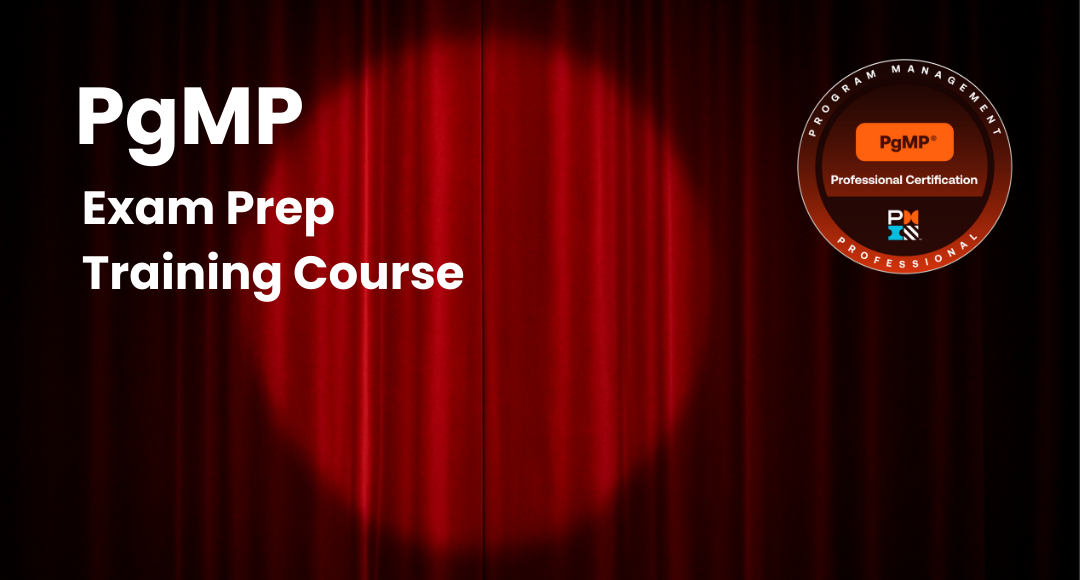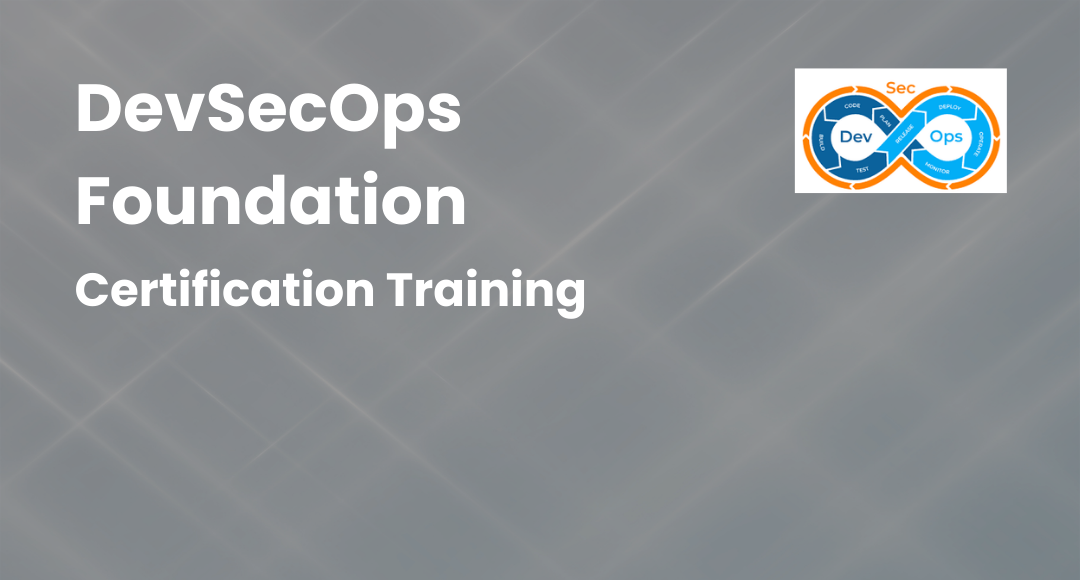Latest Agile Interview Questions and Answers To Look For In 2026

Table of Contents
Most Commonly Asked Agile Interview Questions and Answers 2026
From a survey conducted by scrum.org, it appears that many professionals aiming to become agile developers or coaches lack the basics in all of their answers. This is the reason that most of their efforts are futile.
In this article, we have jotted down the ideal answers for most common Agile Interview Questions asked in interviews. We have grouped all these agile related interview questions as per beginner, intermediate, and advanced levels for your convenience.
Beginner Level Agile Interview Questions
The set of questions is focused on the beginner-level agile interview, and includes questions based on agile methodology interview questions and agile scrum interview questions.
Q1. Why story points use the Fibonacci series to represent?
Story points can be divided into three categories, and they are risks, complexities, and repetition. The risk story points to unclear demands that are dependent on a third party and have uncertainty in the future.
All the complex story points involve the efforts needed to develop a particular feature.
Reputation can be defined as monotonous tasks without any risk or complexity.
Here, the Fibonacci sequence prevents estimates from being too close to one another. Story point estimation is a process that is based on risks, complexities, dependencies, business value, and the amount of work.
We use Fibonacci numbers in agile management to get the team together to become a medium-sized PBI, an estimate that is undone in the context of already known PBI.
Q2. Define burn down and burn up charts?
The burndown and burn up charts help to track the Sprint progress. These charts indicate the amount of work completed in the Sprint and the amount of work remaining in the Sprint.
The burndown chart is a graphical representation of outstanding work curated on the vertical axis with time along the horizontal axis. With the help of this tool, management teams can visualise the project data from the collected data.
The burndown shot has several points, such as an iteration timeline. These visual representations deal with issues and problems that may arise, making the workspace the focal point of conversation in sprint meetings.
However, burn down charts do not reveal anything except the number of story points the team has completed.
The product owner determines the amount of work remaining and compares it with the remaining work of the previous Sprint to foresee a forecast of the completion date of the project that is present in the uniform distribution of the volume of the work.
The burn-up charts have user points like client added work and work removed to meet a deadline. This chart measures the distance between the two lines and gives us the project's end date.
Q3. What do you mean by the Scrum of Scrum?
When there are more than five to 10 teams in a geographically distributed area, each scrum team designates an ambassador, mostly a scrum master, to participate in weekly or daily meetings with ambassadors of the team called Scrum of Scrum or SOS.
The release train engineer works to facilitate this meeting and updates the product progress to the inter-team dependency.
Q4. Explain the different ceremonies in Scrum?
The scrum ceremonies can be divided into 4 types, which are as follows:
- Scrum planning meeting
- Daily Scrum
- Sprint review meeting
- Sprint retrospective meeting
The sprint planning meeting has the purpose of prioritizing the backlog by the product owner, followed by the preparation of plans by the scrum team to deliver this print Oh, my stomach, then, and further break them into tasks. The Sprint planning meetings are approximately 120 minutes long and are spaced in consecutive two week iterations. Among the attendees, the development team, scrum master, and correct owner take part at the beginning of the session.
The Daily Scrum:
Attended by the development team, scrum master, and product owner on a daily basis, preferably in the morning, and last for 15 minutes. The daily scrum meeting follows an objective or purpose of daily updation of previous sprints to coordinate the work for 24 hours.
Sprint review:
In a Sprint review meeting, project stakeholders also take part at the end of the Sprint, which lasts for 60 minutes. Generally, the development teams present the outcome of the Sprint to customers with an idea to receive feedback. It is also known popularly as the Sprint demo.
Sprint retrospective meetings:
After each Sprint review, the development teams hold Sprint retrospective meetings, which are nothing but internal meetings to review the Sprint and work on the feedback received in the Sprint review maintenance. These meetings can last from 30 to 60 minutes and are attended by the development team, scrum master, and product owners.
These meetings are done to achieve continuous improvement in the project management and to derive development, with the agile team keeping retrospection as a key to both improvement and development. These meetings increase the efficiency of the team by reducing uncertainties in the process. The development teams, as well as scrum Masters and product owners, refine The user stories meticulously, allowing them to maintain a sustainable and higher pace.
Q5. How would you define agile testing methodologies and different seeds from the traditional testing methodologies?
Agile testing methodology is not separated into separate phases that are carried out as a part of iteration coma. The developers work together here. Acceptance testing is done in each phase based on the requirement phases and the acceptance criteria for every iteration.
We should understand and take note that the entire team is responsible for testing activities, while the client's involvement is needed throughout the phase in order to gain continuous testing with test overlaps. Does not only allow regression testing in each direction but also helps us get new logic or functionality.
The most common agile testing methodologies are test-driven development, acceptance testing, test-driven development, and behaviour-driven development. The TDD is based on coding guided by the tests, while the ATDD forms its base on communication between the customers, developers, and testers based on predefined acceptance criteria or test cases. Behaviour-driven development, or BDD generates on the expected behaviour of the software that is developed.
If we have to differentiate agile testing from traditional testing, then these are the following differentiations that make the contrast between the two. The traditional testing is carried out once the development is done. Both testers and developers, work separately, while the testers are excluded from the requirement phase.
The biggest flaw of traditional testing is that acceptance testing is done at the end of the project, along with regression testing at the end of the development phase. These tests are timed and cannot be overlapped, making clients involved only in the requirement phase.
Intermediate Level Agile Interview Questions
The agile methodology interview questions and answers for the intermediate level include agile testing interview questions, agile model interview questions, and scaled agile framework interview questions. They are mainly focused on the Scrum master, product owner, and development team.
Q1. Elucidate agile manifesto?
The agile manifesto is a document about customer collaboration over contract negotiation, individual interaction over process and tools, responding to change following the overall plan, and working software over full documentation. This document helps us uncover better ways of developing software and sharing the outcome or increasing its value. The agile manifesto consists of four values and 12 principles.
Q2. Explain velocity in agile?
Keeping the time frame constant Velocity can be defined as the amount of work that a team can get done in a fixed time frame. The velocity indicates product increment, which takes the help of a Sprint burndown chart to maintain and share information about the team's velocity. A product owner can determine the desired level of functionality on the basis of the number of sprints required.
Q3. What is Sprint Zero?
Sprint zero is defined as a necessary evil in Agile. Sprint zero is the groundwork upon which the scrum project is built. Activities like assembling the teams, setting up the hardware, documenting the initial product backlog, etc., are used to create a minimal design in order to an efficient way in future sprints.
Q4. Illustrate various agile models?
The concept of the agile model starts with the collection of requirements, followed by the preparation of a design that is needed to be developed, tested, and deployed, and then reviewed after deployment. These models are lightweight enough to capture the high-value benefits of modeling and create very detailed models. The most popular agile models include Scrum, Lean, Kanban, DSDM, FDD, and XP.
Q5. What is the foundation of the scaled agile framework?
The scaled agile framework is founded on 6 major areas that include the following:
These foundations or erected to achieve business results and supplement productivity, quality, time to market, and engagement. The scaled agile framework implementation road map starts from the tipping point and ends in the sustainable and improvement phase.
Q6. What are the salient traits of a cross-functional team?
A cross-functional team should be diverse in persistence, domain knowledge, and technical skills. The team structure reflects the feature of a team that can be balanced between being too generalist and being too specialist. In Scrum and other agile methods, feature-based delivery means that engineering teams are customer-centric and focus on the final product.
The inner circle of the team includes the developer and the team testers, analyst architects, and interaction designers. A product owner leads this team as a figurehead to avoid single-function teams, and company teams and promote sequential lifecycle development and mindset.
Q7. What are the principles of agile testing?
The principles of agile testing are as follows:
- Testings' are continuous and sustainable to ensure continual progress in the product development lifecycle.
- There is a dire need for continuous feedback to evaluate the functionality is productivity that the developing product meets from the business's as well as the customers' perspectives.
- Testing is performed by a self-organized team.
- Each iteration in agile testing is done on the basis of F2F communication. This is done to achieve continuous feedback and successive improvements.
- The agile teams are fixed within the same iteration with simplified and clean code in order to ensure all the defects are raised.
- The test-driven approach in agile methods is done to perform at the time of implementation.
Advanced Level Agile Interview Questions
The advance level Agile Interview Questions mainly includes agile interview questions and answers for experienced. These agile related interview questions are for the role of project manager.
Q1. What do you mean by the scaled agile framework, and describe in which business scenarios it is suitable to use?
The scaled align framework helps the project management team as well as the businesses to address the significant challenges of developing and delivering enterprise-class software as well as systems in the shortest threshold time.
Their benefits include happier and motivated employees, increased productivity, defect reduction, and time management to market the product. The principles it follows are lean-agile principles, core values, lean-agile leaders, lean-agile mindset, communities of practice, and implementing 1- 2- 3.
It is observed that with the inculcation of the scaled agile framework, employee engagement has Improved from 10% to 50%. The result is also seen in productivity with an increase of 20 to 50%, giving enough time to market at a faster rate of 30-75%.
The business scenarios were the scaled agile framework should be used or as follow:
- To manage SOS teams across various geographical locations.
- It is devised to decentralize the decision-making system.
- It is found useful when multiple teams are running agile and are facing delays with no collaboration and failures.
- It is also implemented across the organization when the respective teams are unclear about the rules and responsibilities. The idea here is to align and coordinate job profiles with roles and responsibilities.
- This is also implemented when a team wants to work independently.
- It is commonly found that the scaled agile framework is implemented when the organization is large and involves multiple team programs and portfolios.
Q2. explain in brief the different levels in the scale agile framework?
To be very precise in SAFe 4.0, There are four different levels, and they are as follows:
- Portfolio
- Value stream
- Program
- Team
Scaling agile is done to achieve a structured approach when the business tends to grow in size. The skilled, agile framework is designed on three primary bodies of knowledge; Agile software development, lean product development, and systems thinking.
Generally, there are four configurations in a scaled agile framework to accommodate the above levels of scale, and they are:
- Essential SAFe
- Large solution SAFe
- Portfolio SAFe
- Full SAFe
The framework is used to culture Ann to foster alignment, built-in quality, transparency, program execution, and leadership.
Q3. Define Product Backlog & Sprint Backlog?
Product backlogs or content based on task levels that involve user stories and effects, primarily it is a device to cater to audiences open product and development teams. The intent is to convey tactical steps in the execution of the plan within a time frame of one or two sprints.
We can define product backlog as a list that prioritizes these ask level details into a product through the map, which is a high-level team and epics of outcome and goals conveying strategies and varies typically in the time frame. Simply put, the product backlog is about envisioning how the team will deliver the outlined agile road map.
We can relate it to a giant To-Do List photo development team. The product backlog consists of new features, infrastructure updates, changes to existing functionalities, bug fixes, and technical depth. The owner of the product backlog is the product owner himself, whose responsibility is to organize and maintain the product backlog.
In general, he advises and allows various members of cross-functional teams to jam and contribute to the Sprint meetings. The idea here is the product owner, or product manager encourages the development teams as well as other teams to participate in backlog grooming sessions to refine and order backlog items.
Whereas the Sprint backlog has four aspects in its Genesis, it involves forecast, To-Do List, in progress, and completion. The sprint backlog is functional for development teams in forecasting and planning the next increment. This involves retrospective meetings for my daily Scrum and product backlog.
The expected benefits of a Sprint backlog are generally arriving to clear focus future consideration and collection of remembered ideas. The Sprint backlogs are usually scheduled every two weeks. Further teams communicate the status for the help of burn down and burn up charts. They collaboratively come to conclusions, find defects, common pitfalls, and record feedbacks to work in timeboxed sprints.
Q4. What is pair programming, and explain its benefits?
This is a technique in which two independent programmers jam together to work collaboratively as a team where one programmer initiates and completes writing quotes while the other does the reviewing of the codes. They have the independence of switching their respective roles whenever they feel like.
The general benefits of paired programming include improved code quality and knowledge transfer. This partnership simultaneously reduces defects and chances of mistakes. Above all, both the programmer can exchange knowledge by working together.
Q5. How would you define refactoring?
Refactoring is a modification of the code intended to improve the performance. The idea of refactoring is to achieve improved performance without altering the functionalities.
Q6. How do you deal with frequently changing requirements?
The ideal way to deal we to deal with frequently changing requirements is by closely working with the product owner or product manager and understanding the exact requirement that is needed to replicate in the test cases. A programmer should be able to write a generic test plan and test cases before automating the requirements.
Going through the user stories time and again will give the clarity that is expected from the product owner as well as the product owner's development team.
Q7. What are the pros and cons of agile methodology?
Fidelity, almost speed, and continuous delivery of software can be achieved through agile methodologies. The sole purpose of project management is to ensure and improve customer satisfaction as far as possible coma.
This is the reason that all the stakeholders involved in the process contribute collaboratively with agile methodologies. This also provides flexibility's and adaptation to changing requirements as well as circumstances.
The cons involve ambiguity in the documentation, and designing software deliverables are large.
Q8. Differentiate between extreme programming and Scrum?
The teams involved in scrum work on iteration or sprints that can be stretched to one month, while the XP team works on iterations that last for one or two weeks. The extreme programming teams are much more flexible than the scrum team in making changes in their iteration.
Q9. Find the role of a scrum master?
A scrum master is a leader as well as the liaison head and supervising authority of the scrum team. He eliminates all the obstacles that could hamper productivity by establishing a productive and collaborative work environment and protecting the team from interruption and distractions.
Scrum master is it expensive to maintain I mean cable relationship between the team, client, and all other stakeholders involved in the project by supervising the operation of the scrum team and motivating the team time and again whenever needed. He particularly ensures that the team abides by the agile manifesto and all the processing and practices are done according to it.
Conclusion
Though most of the companies practice agile development in one form or another, the reason is high-end competition any making a flourishing software development portfolio. You, as a candidate who works in the development team, need to be proficient in full-stack software development. You should have an attitude after collaborative team member and face challenges and resolve them collaboratively. While you're in the interview, your you're answering tone should reflect the diversity in an agile environment.
The best way to ace any agile interview is to do background research about the job role as well as the company before the interview. Focus on your skills and try to frame fire answers to impress your hiring manager. The Agile methodology has gained momentum, and all its concepts can be seen in organizations vividly.
If you want to plan a promising job, then you need to practice the Agile interview questions as well as the answers provided in this article. Usually, the interview lasts for 45 minutes, so you need to be resourceful throughout this duration.
To get details about Agile training courses offered and top agile certifications, reach us at Click Here or chat with course expert for instant information
Popular Agile Certification Courses Recommended:
CSPO Certified Scrum Product Owner Certification
Subscribe to our Newsletters
Popular Programs
PSM® - Professional Scrum Master Certification
Live Virtual Training
- 5 (75 + Ratings)
- 65k + Learners
Data Engineering on Microsoft Azure (DP-203)
Live Virtual Training
- 4.8 (48 + Ratings)
- 55k + Learners
Trending Posts
SAFe Certifications List - Best of 2026
Last updated on May 30 2023
Agile Release Plan Guide
Last updated on May 9 2023
Product Life Cycle in Marketing: Essential Strategies for Product’s Success
Last updated on Sep 28 2023
CSM vs CSPO: Which Certification is Right for You?
Last updated on Oct 28 2022
Devops Tools Usage, and Benefits of Development Operations & VSTS
Last updated on Oct 18 2022
Scrum Interview Questions and Answers 2026
Last updated on Feb 12 2024
Categories
- Other 69
- Agile Management 47
- Cloud Computing 56
- Project Management 173
- Big Data 66
- Business Management 88
- Digital Marketing 78
- IT Service Management 29
- Programming Language 58
- AI and Machine Learning 77
- IT Security 112
- Quality Management 78
- IT Hardware and Networking 26
- Microsoft Program 4
- Workplace Skill Building 13
- Risk Management 9
- Information Security 8
- Leadership and Management 9
- Corporate Training and Development 1
Trending Now
List Of Traits An Effective Agile Scrum Master Must Possess
ArticleDevOps Vs Agile Differences Explained
ArticleDevops Tools Usage, and Benefits of Development Operations & VSTS
ArticleAgile Scrum Methodology - Benefits, Framework and Activities Explained
ArticleGuide to Agile Project Management 2026
Article10 best practices for effective DevOps in 2026
ArticleGuide to Becoming a Certified Scrum Master in 2026
ArticleWhy Should You Consider Getting a Scrum Master Certification?
ArticleCSM vs CSPO: Which Certification is Right for You?
ArticleAgile Manifesto - Principles, Values and Benefits
ArticleAgile Methodology Explained in Detail
ArticleAgile Project Management Explained
ArticleEverything about Scrum Methodology
ArticleScrum Interview Questions and Answers 2026
ArticleTop Scrum Master Responsibilities 2026 (Updated)
ArticleScrum vs Safe – Differences Explained
ArticleCSM vs. PSM - Which Scrum Certification is Better?
ArticleSAFe Implementation Roadmap Guide
ArticleAgile Release Plan Guide
ArticleAgile Environment Guide
ArticleAgile Coaching Guide - Best Skills for Agile Coaches
ArticleAgile Principles Guide
ArticleSAFe Certifications List - Best of 2026
ArticleAgile Prioritization Techniques Explained
ArticleScrum Ceremonies Guide
ArticleProduct Owner Certifications List
ArticleScrum of Scrums Guide
ArticleBusiness Agility Guide - Importance, Benefits and Tips
ArticleStakeholder Engagement Levels Guide
ArticleScrum Master Career Path Explained
ArticleScrum Career Path Explained
ArticleScrum Workflow - A Step by Step Guide
ArticleA guide to Agility in cloud computing
ebookProduct Roadmap: An Ultimate Guide to Successful Planning and Implementation
ArticleProduct Life Cycle in Marketing: Essential Strategies for Product’s Success
ArticleProduct Life Cycle Strategies: Key to Maximizing Product Efficiency
ArticleScrum Master Salary Trends in 2026
ArticleProduct Life Cycle Model: A Guide to Understanding Your Product's Success
ArticleWhat is a Product Owner - Role, Objectives and Importance Explained
ArticleSuccessful Product Strategies for Introduction Stage of Product Life Cycle
ArticleUnlocking Career Opportunities in Product Management: Your Roadmap to Success
ArticleSaturation Stage of Product Life Cycle: Complete Guide
ArticleEssential Tools for Agile Project Management 2026
ArticleImportance of Procurement Management Software in Modern Business
ArticleAI’s Hidden Decay: How to Measure and Mitigate Algorithmic Change
Article5 Best Custom Packaging Suppliers Compared (MOQ, Cost, Lead Time)
Article

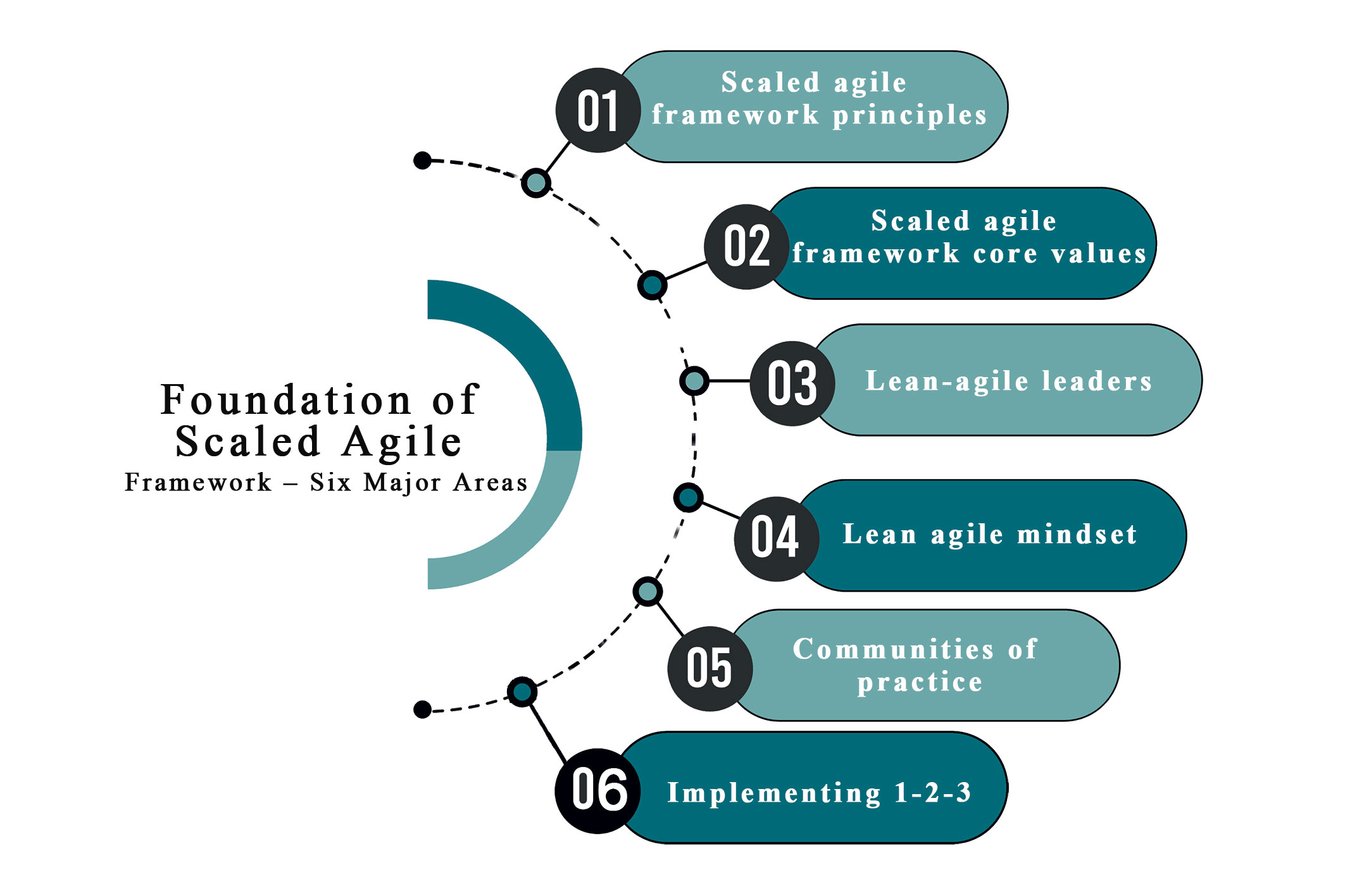
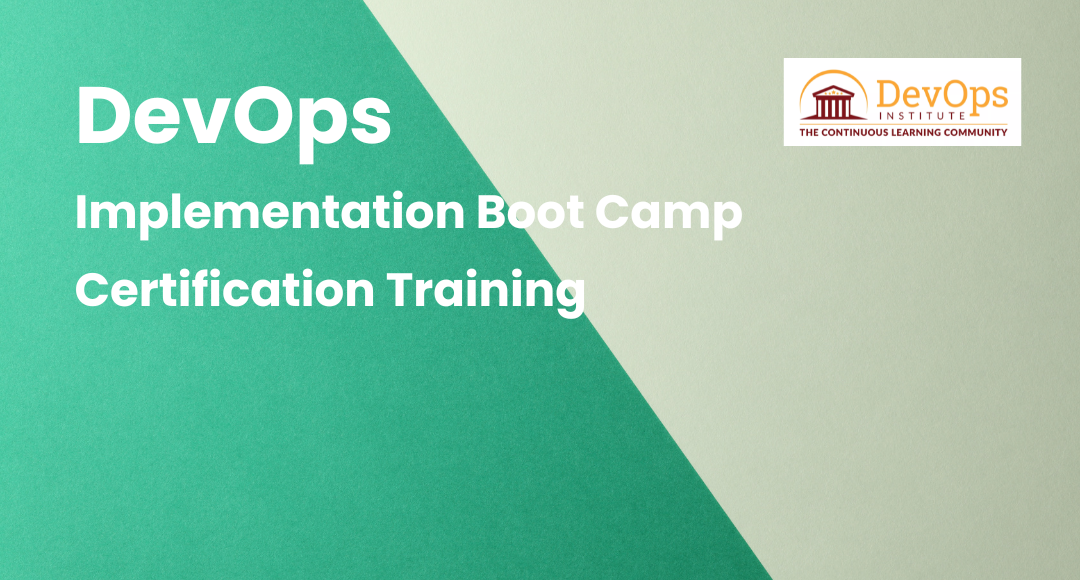
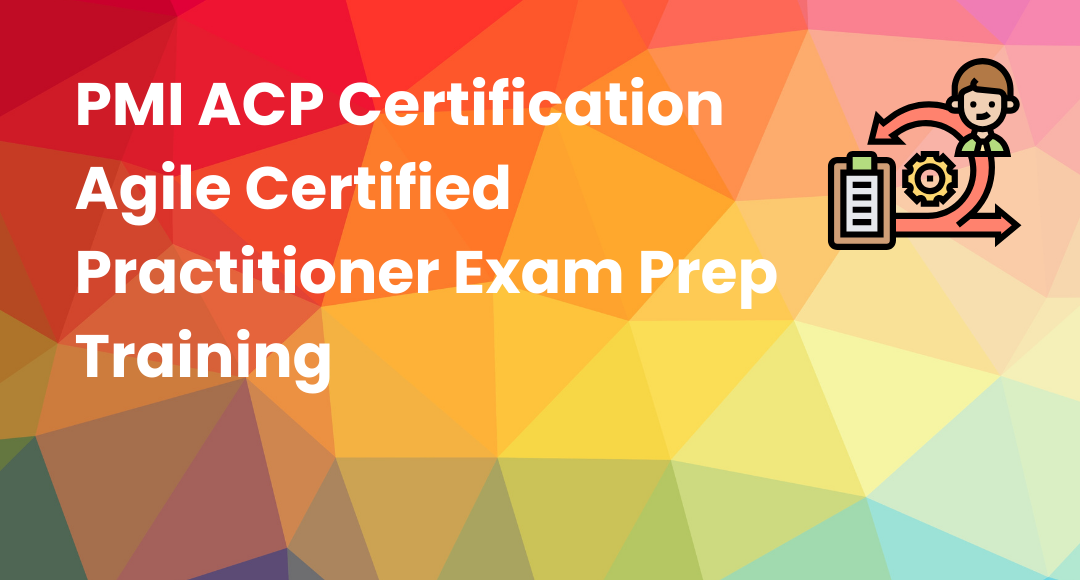

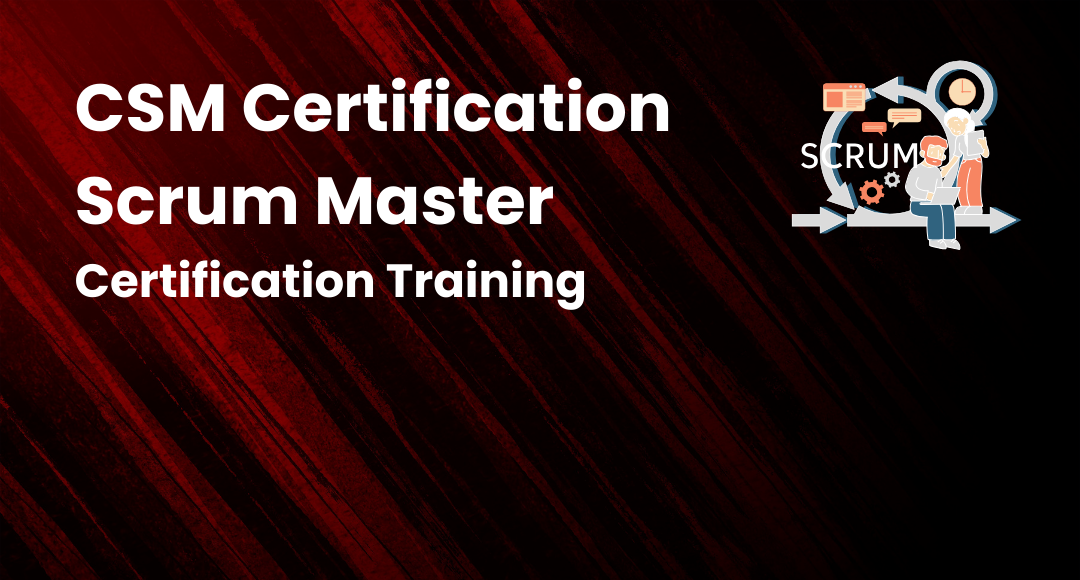
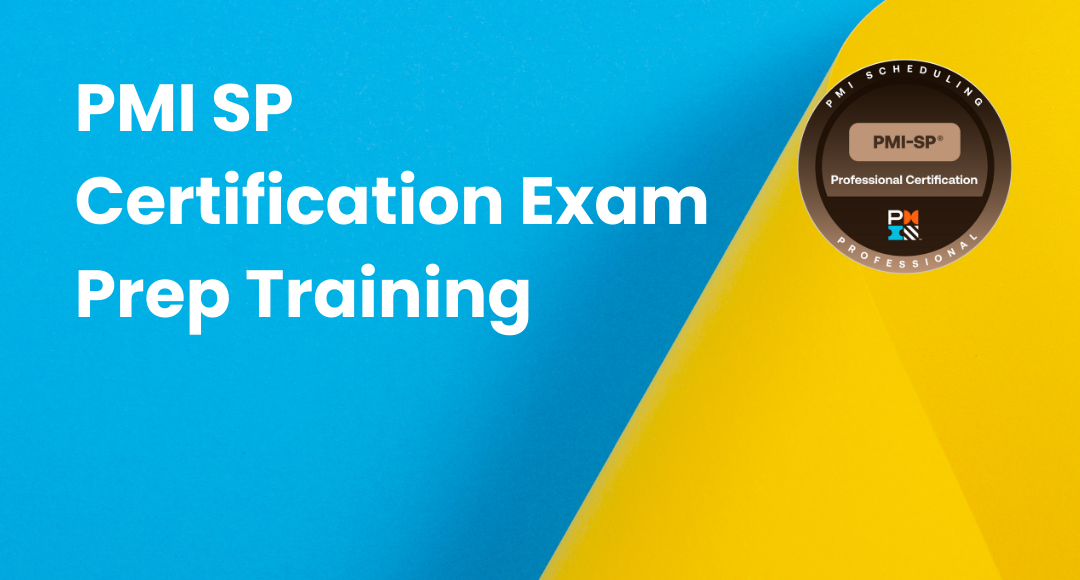

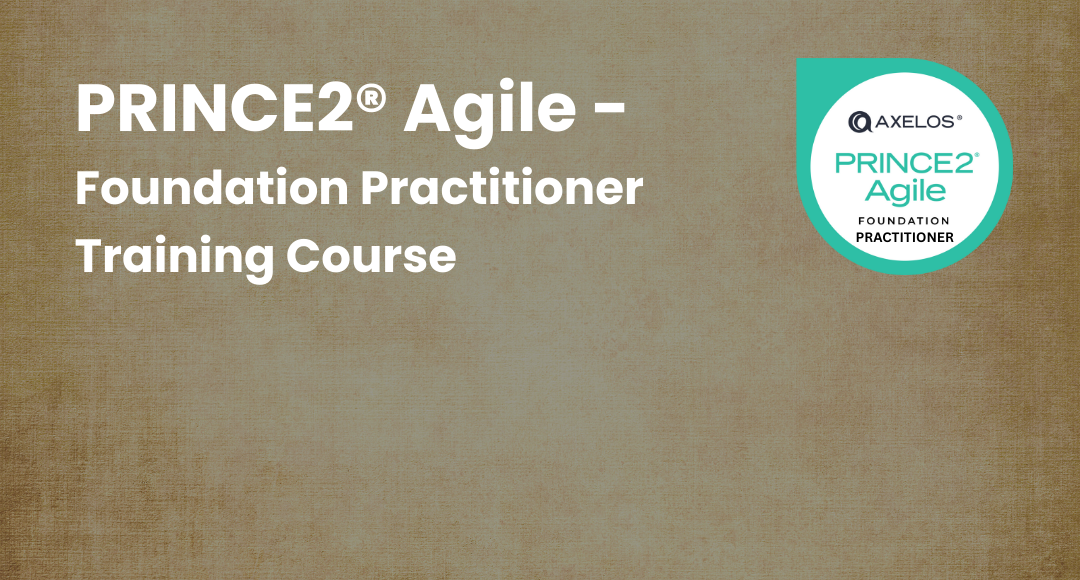
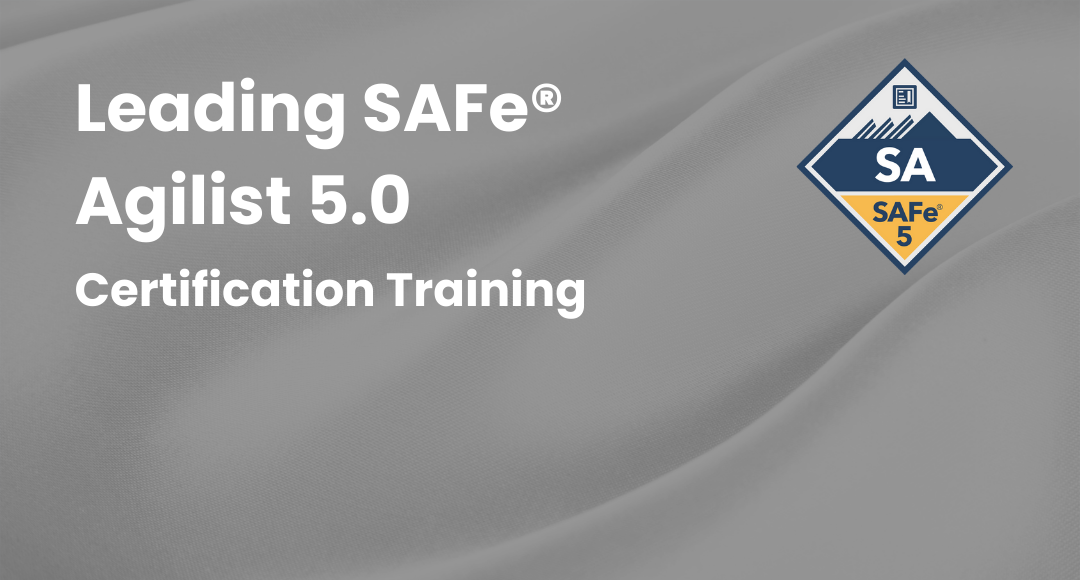
+Certification+Training.png)
